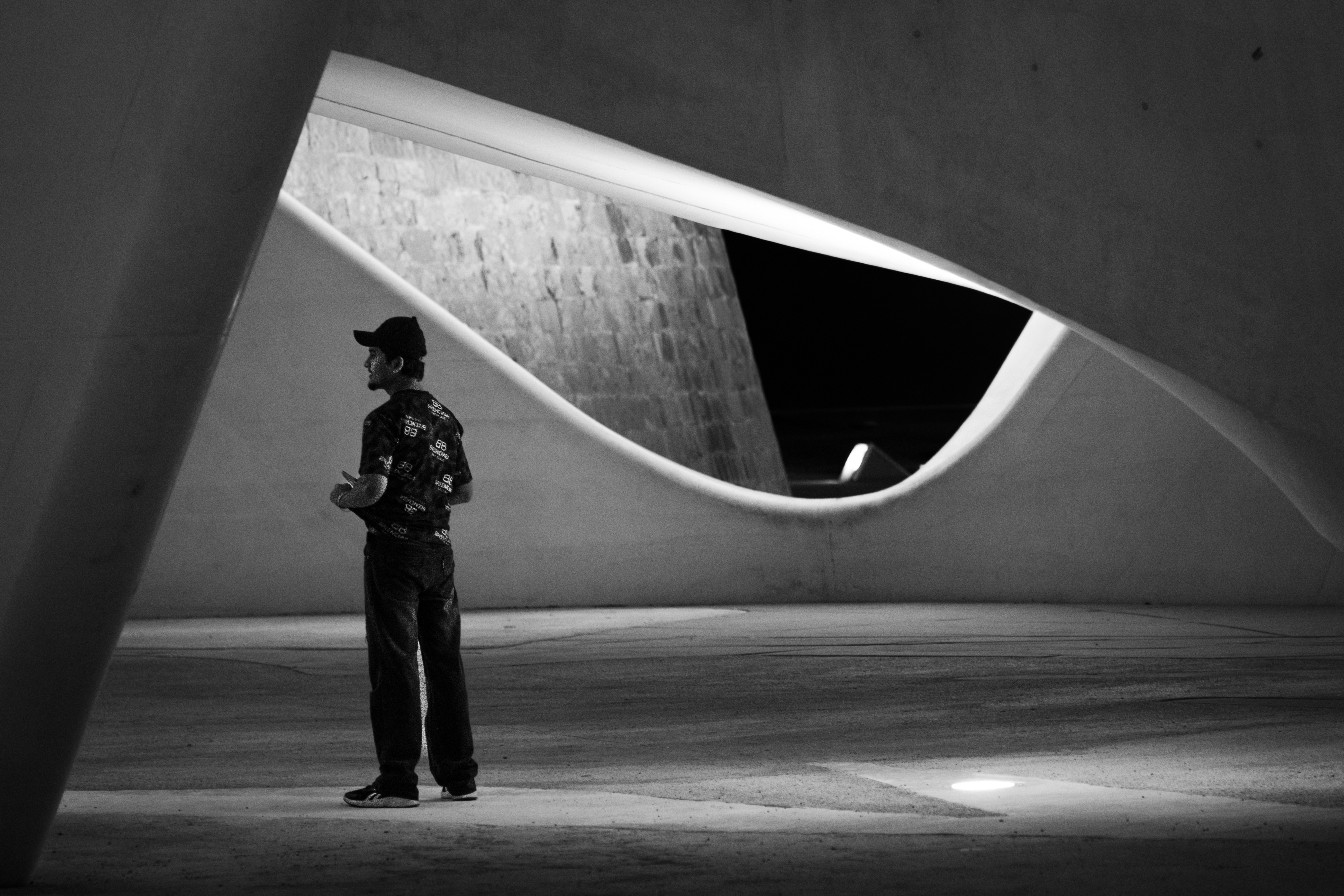This year’s Grammy Awards were the usual lavish spectacle, with scores of styled-out celebrities competing for a prestigious award to boost their reputation and music credentials.
Beyoncé became the most awarded artist in Grammy history; Lizzo won the coveted Record of the Year award, dedicating her prize to the late artist, Prince; Harry Styles won the top award for his third album Harry’s House; and, in a surprise turn of events, 73-year-old blues singer Bonnie Raitt won the award for best song for Just Like That.
Unlike high-profile gala events like award ceremonies and film premieres, where celebrities grace the red carpet in iconic outfits that have a significant impact on the fashion world, music’s biggest night is a sartorial circus with a slew of outlandish ensembles that hit the notoriously quirky carpet. From Madonna’s androgynous look with riding crop and platinum blonde brows, and Shania Twain’s cow-inspired suit to Harry Styles’ metallic tinsel catsuit, and Lizzo’s overgrown orange flower cape, Grammy Awards fashion is undeniably one of the purest expressions of art.
But artists should not create art that offends people, hurts their feelings, causes nuisance, and so on. However, I am not referring to clothing and accessories.
Every day, we are reminded of the importance of empathy and that everyone has the right to be themselves. Acceptance is the ability to recognise and respect the right of others to their own feelings, thoughts and opinions, regardless of gender, race, colour or creed. Religious freedom is a universal human right, and respect for religious diversity is an essential component of any peaceful society.
So, when Kim Petras dances in a cage, flanked by dominatrices wearing satanic headgear, and Sam Smith dons a top hat replete with devil horns, dancing with a cane, throwing up the triple six hand sign followed by the sign of the cross moments later, is their performance meant to win the audience’s hearts and minds or to encourage mutual tolerance and respect? It was a huge turnoff, demonstrating that our culture has become hostile to traditional religious values.
In 2020, Turkey’s decision to revoke Hagia Sophia’s museum status and veil Christian icons to create a Muslim prayer space sparked outrage and concern not only in Turkey, but around the world. The Orthodox Church expressed dismay at Turkey’s decision, accusing it of ignoring the voices of millions of Christians.
Recently, Madonna blasphemed the Catholic faith in a Vanity Fair photo spread to promote her latest album tour. In one photo, the 64-year-old pop singer is dressed as the Virgin Mary, tears streaming down her face while in another, she is dressed as Jesus, holding a large rosary.
Similarly, Smith and Petras’ debauched performance was an aggressive attempt to gain attention through controversy, attacking Christian culture while knowing that there would be no serious consequences. The consequences would have been far more severe if it had been an attack on Islam.
Boundaries are the limits we set for ourselves to define what we will and will not accept from others. As a result, it is not incorrect to state that freedom of expression is only valid when it does not hurt anyone’s feelings; similarly, artists’ imaginations should be free, but their execution should be limited.
Petra declared herself the first transgender woman to win the Grammy for Best Pop Duo Performance for Unholy during her acceptance speech, and later backstage explained that she “grew up wondering about religion and wanting to be a part of it but slowly realising they didn’t want me to be a part of it.”
“It’s a take on not being able to choose your religion. And not being able to live the way people expect you to live, because as a trans person, I’m already unwelcome in religion. So, we did a take on that, and I was kind of hell keeper Kim,” she explained.
At the very least, it is an intriguing angle for her artistic inspiration, though I am not sure as to what that has to do with the implied demonic worship, bondage, and anti-Christian hand gestures we witnessed at the awards, and the standing ovation that followed.







Click here to change your cookie preferences